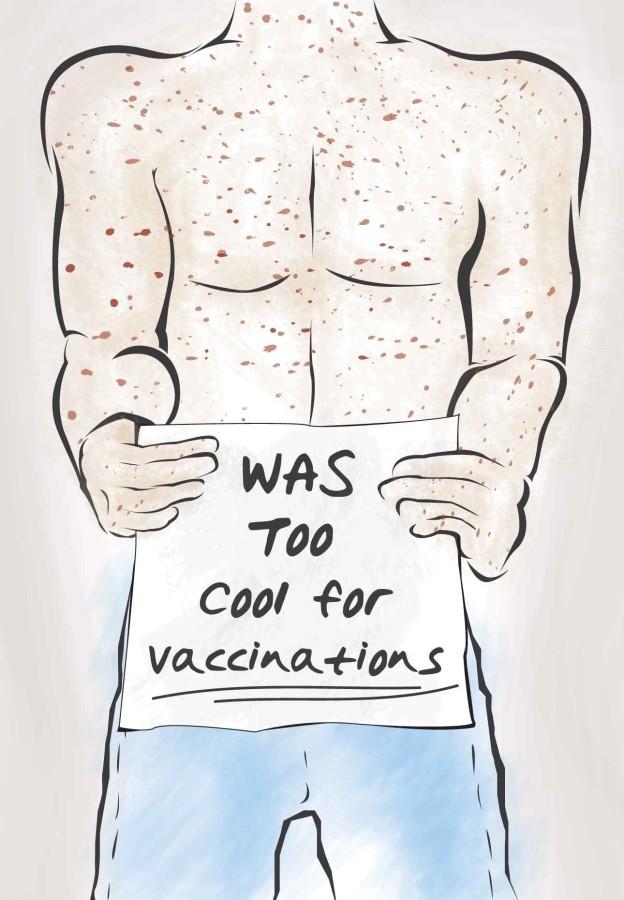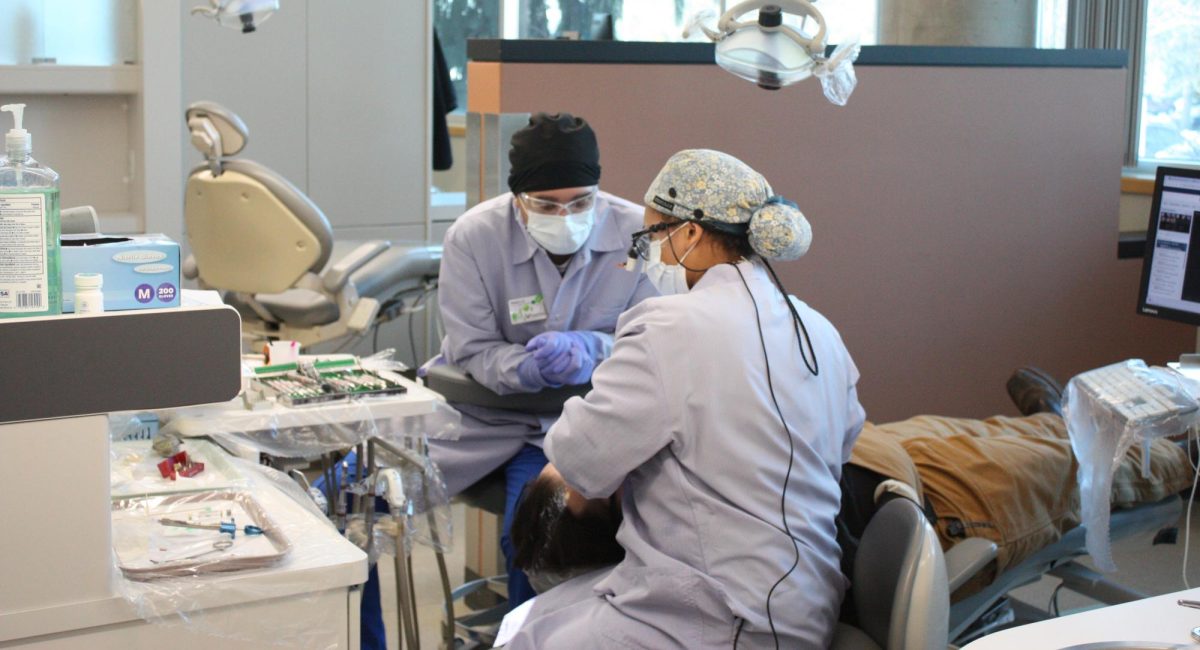Measles cases appear in Washington state
February 18, 2015
Washington is one of 17 states to have reported cases of the measles to the CDC, according to recent government reports.
The Centers for Disease Control and Prevention reported that 85 percent of cases in the United States are linked to the outbreak of measles in Disneyland in California.
On Dec. 29, a contagious traveler flew in from California arriving at the Seattle–Tacoma International Airport, and flew back home the same way on Jan. 3, according to the Washington State Department of Health.
So far, Washington state has reported four cases of measles to the CDC.
The CDC identifies measles as a highly contagious virus that resides in an infected person’s nose and throat mucus. The virus travels through the air from coughs and sneezes, landing on surfaces where it can live for two hours.
If a person breathes in the contaminated air, or touches the infected surface then parts of their face, they can become infected.
According to the CDC, 90 percent of the people close to an infected individual will catch the virus if they are not immune.
“I believe local residents should be concerned about measles, particularly if they are unvaccinated,” said Dorothy MacEachern, lead epidemiologist at Spokane Regional Health District.
MacEachern said the state immunization registry and school records show there are many people in Spokane’s community who are unvaccinated.
One way to protect the 10 percent who either have not been vaccinated, or who cannot, is through herd immunity.
Herd immunity occurs when a large proportion of a community is vaccinated, said Tricia Hughes, EWU director for Health Wellness and Prevention Services. This helps protect infants who are younger than 12 months, pregnant women, people going through chemotherapy or anyone who has reported allergies to the vaccine.
“The vaccination rate for measles in herd immunity would be 95 percent of the population, so we’re not quite there,” said Hughes.
Symptoms of measles can occur between seven and 14 days after a person is infected, and the CDC reports that a person infected will begin to have a high fever, cough, runny nose and watery eyes.
Washington residents are also facing potential infection from another disease: the mumps.
During fall 2014, a mumps outbreak started at the University of Idaho and since then, two people from Washington state have caught it, The Seattle Times reported.
Mumps also spreads from person to person, usually in the form of mucus or saliva.
Both measles and mumps are covered in the measles, mumps and rubella (MMR) vaccine.
“The MMR vaccine is a person’s best protection against measles,” said MacEachern. “If a vaccinated individual does develop measles, the illness is likely to be milder than in an unvaccinated person.”
There are no laws in Washington state requiring college students to get vaccinated, but there are laws for younger students going into grade school, according to Hughes.
At Eastern, students are not required to have written documentation of immunization status, but the university encourages them to follow college health recommendations, which includes getting the MMR vaccine.
“Especially on a college campus it’s important [to get vaccinated], because if you think about it, we have a lot of students in very close quarters whether they are living in the resident halls or they are attending classes,” said Hughes.









